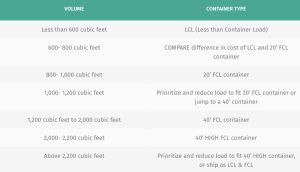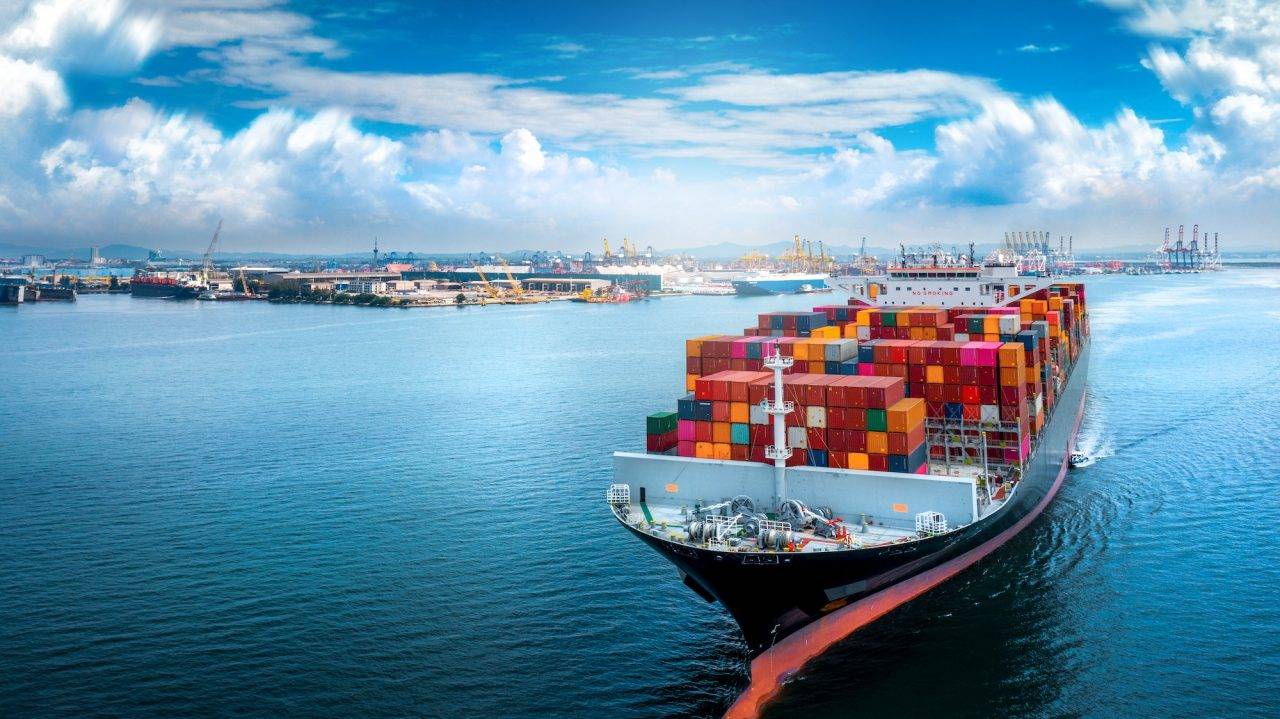Understanding Freight and Shipping: Key Concepts and Estimations
Here’s a detailed guide on essential shipping concepts, including volume estimates, loading, packing, and more.
Net versus Bruto (or Gross) Volume
Net Volume refers to the actual space occupied by the goods themselves, excluding any packaging or additional space used for securing the goods. It’s the measure of the volume of the product alone.
Bruto (or Gross) Volume includes the space taken up by both the goods and their packaging. This measure encompasses the total space required, including any voids and packaging materials.
For instance, if you are shipping boxes, the gross volume would account for the entire space occupied by the boxes and their contents, whereas the net volume only refers to the space taken up by the contents of the boxes.
Volume Estimates: Bruto/Gross versus Net/Netto
Gross Volume (or Bruto Volume) is a critical measure in shipping as it helps determine the total space required in a container or shipment. It is used primarily for calculating shipping costs, especially in less-than-container load (LCL) shipments.
Net Volume (or Netto Volume) provides a more precise measurement of the actual volume of the goods themselves. This is useful for understanding the efficiency of packaging and how much space the goods alone occupy.
When estimating volume for shipping, it’s important to consider both gross and net volumes. Gross volume is typically used for cost calculations and logistics planning, while net volume can help in optimizing packaging and understanding the space utilization.
Margin of Error
In shipping, a margin of error refers to the potential discrepancy between estimated and actual volumes. Several factors can contribute to this margin, including:
- Measurement inaccuracies: Manual measurements can lead to slight deviations.
- Packaging variations: Different packaging materials and methods can affect the final volume.
- Handling and compression: Goods may settle or compress during transportation, altering the volume.
To minimize the margin of error, use precise measuring tools and methods, and account for any variability in packaging.
Loading
Loading involves arranging goods into a shipping container or truck in a way that maximizes space utilization and ensures safe transportation. Effective loading strategies include:
- Optimizing Space: Use the container’s space efficiently by stacking and arranging goods to minimize wasted space.
- Weight Distribution: Distribute weight evenly to prevent imbalance and potential damage during transit.
- Securing Goods: Ensure goods are properly secured to prevent shifting or damage.
Packing
Packing refers to the process of preparing goods for shipment. Proper packing is crucial for:
- Protection: Preventing damage to goods through appropriate cushioning and packing materials.
- Space Efficiency: Using the right packing materials and methods to optimize space utilization.
- Compliance: Meeting shipping regulations and requirements for different types of goods.
Choose packing materials and methods that offer the best protection while minimizing excess volume.
Is Your Volume Estimate for Net or Gross (Bruto) Volume?
It’s important to clarify whether your volume estimates are for net or gross (bruto) volume when discussing shipping with customers.
- Net Volume Estimates are typically used for understanding the space the goods alone will occupy, which can be useful for efficient packing and storage planning.
- Gross Volume Estimates are more relevant for calculating shipping costs and determining how much space will be needed in a container or on a vessel.
Ensure you communicate clearly which type of volume estimate is being provided to avoid misunderstandings.
Why Is an LCL (Consolidated) Cubic Foot Not Really the Same as an FCL (Exclusive Container) Cubic Foot?
An LCL (Less-than-Container Load) cubic foot differs from an FCL (Full Container Load) cubic foot due to the nature of how space is utilized:
- LCL: In LCL shipping, goods from multiple shippers are consolidated into one container. The cubic foot measurement for LCL includes the space occupied by the consolidated cargo, as well as any necessary voids for securing and accessing the goods. This often leads to a higher cost per cubic foot due to the handling and consolidation process.
- FCL: For FCL, you are paying for the entire container, and the cubic foot measurement refers to the total space available in the container, minus any wasted space. FCL generally offers a lower cost per cubic foot because the space is used exclusively by one shipper, eliminating the need for consolidation and extra handling.
Other Things That Make Estimates Less Accurate
Several factors can affect the accuracy of volume estimates, including:
- Variability in Goods: Different shapes, sizes, and types of goods can lead to inconsistent volume estimates.
- Packing Method: Variations in packing methods and materials can alter the final volume.
- Handling Procedures: Handling and storage conditions can affect the final volume of goods, especially if they shift or compress during transit.
To enhance accuracy, consider using standardized packing and measurement procedures and account for potential variability in goods and handling.
Crates and Lift Vans
Crates and lift vans are types of containers used for shipping goods, each with its own advantages:

- Crates: Open-sided containers made from wood or metal. Crates are ideal for shipping goods that need ventilation or are irregularly shaped. They provide good protection but may be less space-efficient compared to fully enclosed containers.
- Lift Vans: Enclosed containers, typically made from wood, used for shipping goods in bulk. Lift vans offer better protection from the elements and are generally more secure. They are suitable for a wide range of goods and can be customized for specific shipping needs.
Choose the type of container based on the nature of the goods, the required protection, and the shipping conditions.
For shipping services to Israel : ![]() Call Us
Call Us
Get Freight Quotes : WhatsApp






